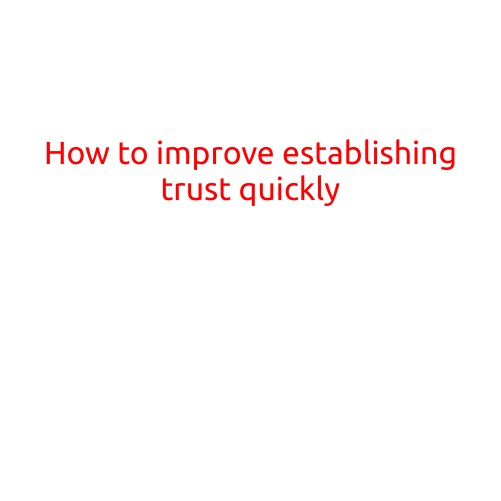
What is the Best Way to Using Positive Language on Calls?
Effective communication is key in any business setting, and phone calls are no exception. When engaging with customers, clients, or colleagues over the phone, using positive language can have a significant impact on the outcome of the conversation. Positive language can help to build trust, resolve issues, and even close deals. In this article, we’ll explore the best ways to use positive language on calls and why it’s essential for success.
Why Positive Language Matters on Calls
Positive language is more than just using enthusiastic tone or enthusiastic words; it’s a deliberate choice to focus on solutions rather than problems. When you use positive language on calls, you’re conveying empathy, understanding, and a willingness to help. This approach can:
- Build rapport: Positive language helps to create a connection with the person on the other end of the line, making them feel heard and understood.
- Reduce conflict: By focusing on solutions rather than problems, you can diffuse tense situations and avoid misunderstandings.
- Increase customer satisfaction: Positive language can lead to a more positive customer experience, which can result in increased loyalty and repeat business.
Best Practices for Using Positive Language on Calls
So, how can you start using positive language on calls? Here are some best practices to get you started:
- Use “I” statements: Instead of saying “you’re wrong,” say “I understand it differently.” This takes the focus off blame and puts it on finding a solution.
- Focus on solutions: When discussing problems, try to focus on finding a solution rather than dwelling on the issue.
- Use empowering language: Use phrases like “you have the power to” or “you can” to give the person on the other end of the line a sense of control.
- Be authentic: Don’t try to be someone you’re not. Authentic positive language comes from a genuine place, and people can usually tell when you’re being insincere.
- Listen actively: Pay attention to what the other person is saying and show that you’re engaged in the conversation.
Examples of Positive Language on Calls
To help illustrate these best practices, here are some examples of positive language in action:
- When a customer is upset about a delayed shipment:
- Negative language: “I’m sorry you’re experiencing delays.”
- Positive language: “I understand how frustrating delays can be. Let me see what we can do to get your shipment to you as soon as possible.”
- When a colleague is struggling with a task:
- Negative language: “You’re not doing it right.”
- Positive language: “I’m happy to help you work through this task. Let’s go over it step by step and find a solution.”
Conclusion
Using positive language on calls is a powerful way to build relationships, resolve issues, and achieve success. By focusing on solutions, being authentic, and using empowering language, you can create a positive and productive conversation that benefits everyone involved. With practice and attention to these best practices, you can become a master of positive language on calls and take your communication skills to the next level.





